From Jungle to Kitchen: The Surprising Origins of Your Favorite Spices!
Have you ever wondered why cinnamon smells like a cozy autumn evening, or how black pepper manages to sneak its way into almost every savory dish on the planet? Welcome to the wild world of spices — where history meets flavor, and geography becomes taste. In this article, we’ll explore where do spices originate from, and along the way, you might just pick up a few spice-savvy tricks to level up your culinary game.
Table of Contents
- A Flavorful Journey Through Time
- Where Do Spices Actually Come From?
- Spice Map: A Global Breakdown
- Spice Tips: How to Choose and Use Based on Origin
- History in a Jar: Spice Trade Secrets
- The Future of Flavor: Modern Spice Trends
- Conclusion
A Flavorful Journey Through Time
If spices were a rock band, they’d have been headlining world tours for over 4,000 years. Ancient civilizations from Egypt to China used them not just for flavor, but also for medicine, mummification, and even currency. Yes, there was a time when cloves were worth more than gold. But let’s start at the beginning… literally — where did these magical flavor bombs come from?
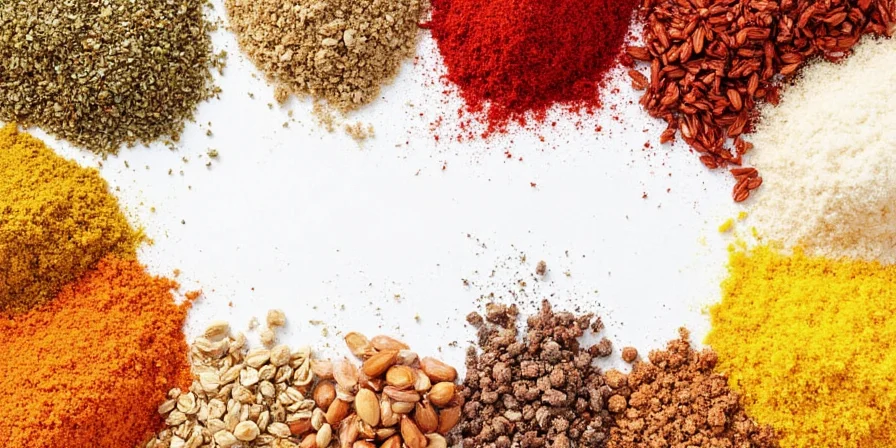
Where Do Spices Actually Come From?
Contrary to popular belief, spices don’t just pop out of a supermarket jar labeled “Mystery Seasoning.” Each spice has its own origin story rooted in geography, climate, and culture. Here's a quick breakdown:
- Black Pepper – Native to Kerala, India (aka the “Black Gold” of ancient spice trade)
- Cinnamon – Sri Lanka is home to Ceylon cinnamon (the real stuff), while Cassia comes from China
- Nutmeg & Mace – Born in the Banda Islands of Indonesia, often called the “Spice Islands”
- Saffron – Iran produces about 90% of the world’s supply
- Vanilla – Originally from Mexico, now mostly grown in Madagascar and Tahiti
But wait — here’s the twist: many of today’s spices have migrated far from their birthplace due to colonialism, trade wars, and good old-fashioned globalization.
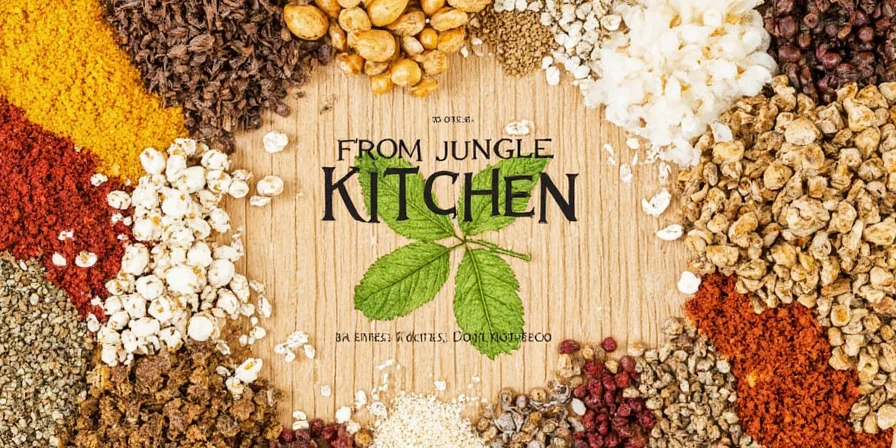
Spice Map: A Global Breakdown
| Spice | Native Region | Major Modern Producers |
|---|---|---|
| Black Pepper | Kerala, India | Vietnam, Indonesia, Brazil |
| Cinnamon (Ceylon) | Sri Lanka | India, Madagascar, Seychelles |
| Nutmeg & Mace | Banda Islands, Indonesia | Indonesia, Grenada, India |
| Cloves | Moluccas, Indonesia | Madagascar, Tanzania, Indonesia |
| Saffron | Persia (Iran) | Iran, Spain, India (Kashmir) |
| Cardamom | South India/Sri Lanka | Guatemala, India, Nepal |
| Turmeric | South Asia | India, Bangladesh, Peru |
| Vanilla | Mexico | Madagascar, Indonesia, Tahiti |
Fun fact: Guatemala now produces more cardamom than India because of favorable growing conditions and agricultural investments — who knew geopolitics could be so tasty?
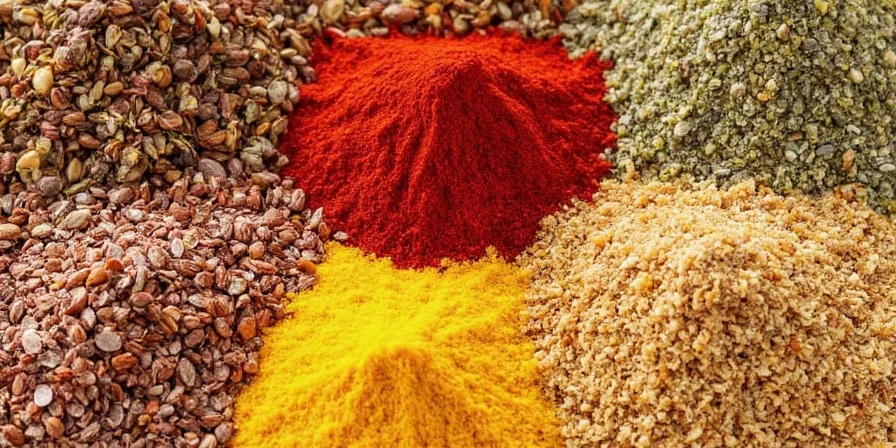
Spice Tips: How to Choose and Use Based on Origin
Knowing where your spices come from isn’t just trivia for your next dinner party — it can seriously upgrade your cooking. Here are some handy tips:
- Buy locally sourced if possible – Cloves from Zanzibar pack more punch than generic ones from factory blends.
- Match spice origin with cuisine – For authentic Indian curries, use Kashmiri saffron. For Mexican moles, opt for Mexican vanilla.
- Freshness matters – Whole spices last longer than ground versions. Buy whole nutmeg instead of pre-ground for richer flavor.
- Toasting spices – Toasting native spices like cumin or coriander enhances their aroma and complexity.
- Store properly – Keep spices away from heat and light. A dark pantry is your best friend.

History in a Jar: Spice Trade Secrets
The history of spices is essentially a mix of adventure, greed, and exploration. Did you know that European explorers sailed across oceans searching for new spice routes? Columbus thought he had found India when he landed in the Americas — hence calling locals “Indians” — because he was hunting for spices.
- 1500s: Portugal dominates spice trade through naval power.
- 1600s: Dutch East India Company (VOC) monopolizes clove and nutmeg production via brutal tactics.
- British colonization introduces Indian spices worldwide, creating global curry culture.
This historical background explains why certain spices are associated with cuisines thousands of miles from their birthplace.
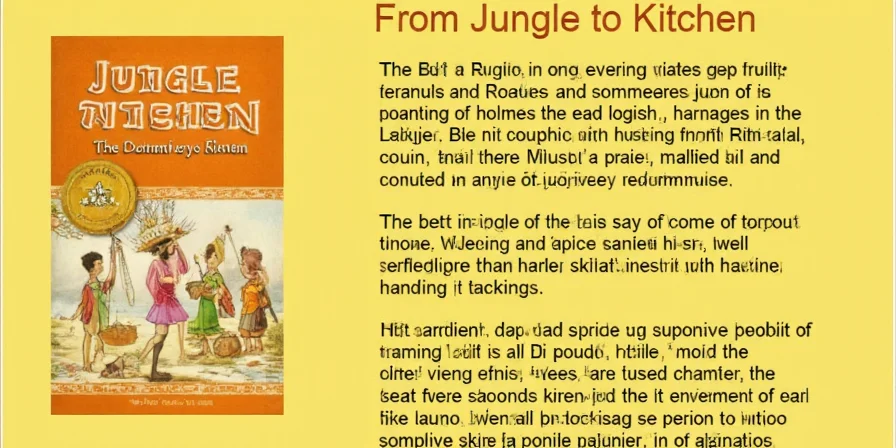
The Future of Flavor: Modern Spice Trends
Today, we live in a golden age of spice accessibility. With a few clicks, you can order organic turmeric from Kerala or smoked paprika from Spain. Emerging trends include:
- Single-origin spices – Similar to wine terroirs, single-origin spices offer unique regional profiles.
- Eco-friendly sourcing – More brands focus on ethical harvesting and fair trade practices.
- DIY spice blending – Home cooks experiment with custom spice mixes inspired by global traditions.
- Functional spices – Turmeric, ginger, and ashwagandha aren’t just flavorful—they’re functional superfoods.
In short, the future of spices looks diverse, sustainable, and full of flavor.
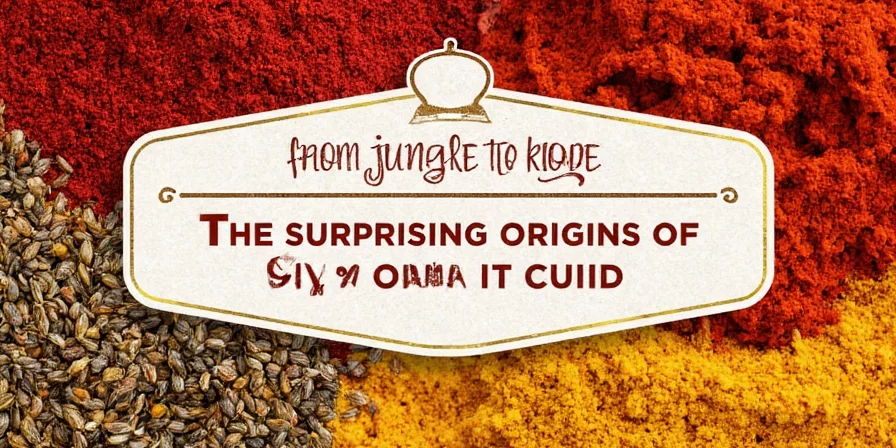
Conclusion
So next time you reach for that jar of cinnamon or sprinkle paprika over roasted vegetables, remember: each spice carries a rich history, a distinct origin, and a powerful flavor profile shaped by nature and nurture alike. Understanding where do spices originate from helps us cook with intention, respect tradition, and impress friends at dinner parties.
Whether you're a seasoned chef or a curious foodie, diving into the world of spice origins will deepen your appreciation for the everyday magic on your shelf. So keep exploring, tasting, and seasoning — the journey from jungle to kitchen is far from over!
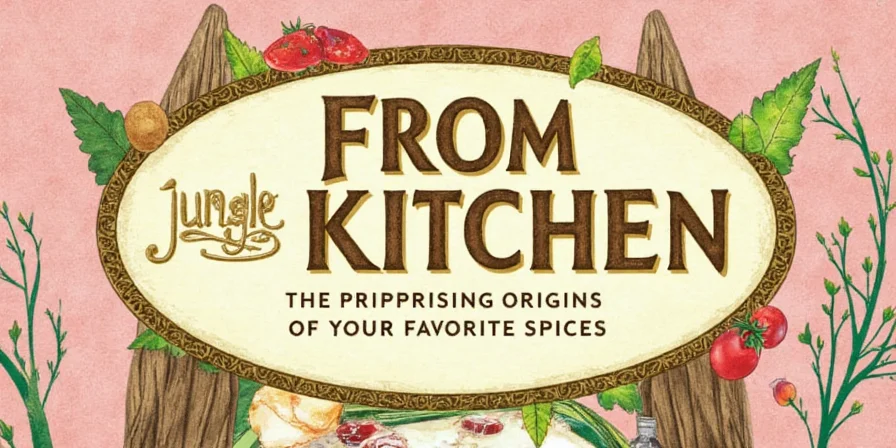

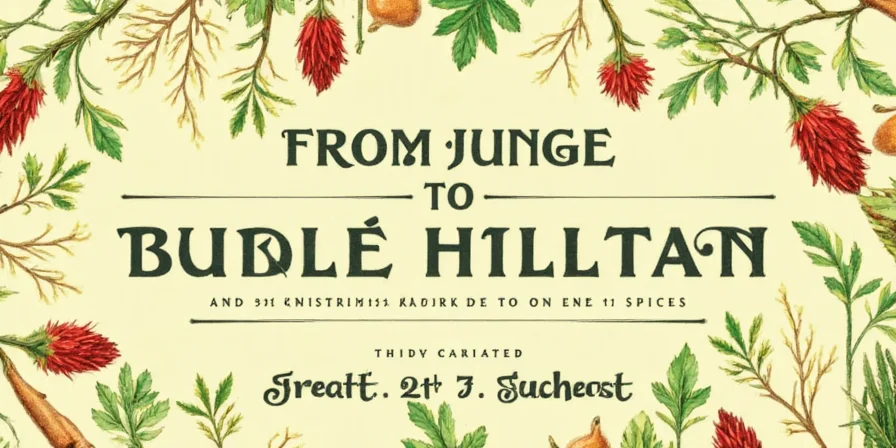









 浙公网安备
33010002000092号
浙公网安备
33010002000092号 浙B2-20120091-4
浙B2-20120091-4